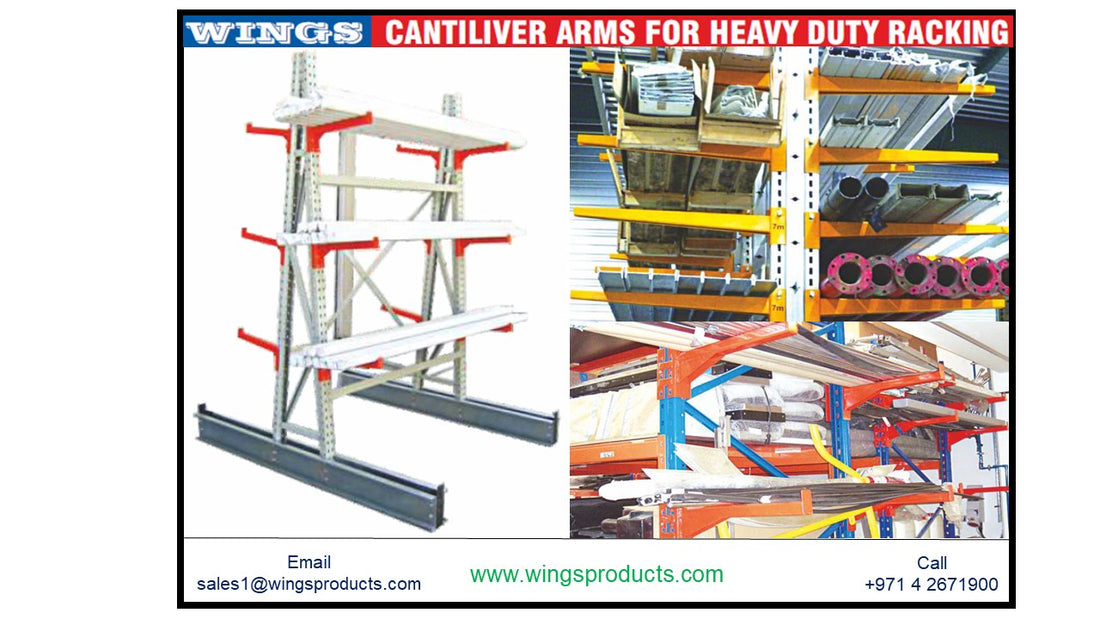What is a Cantilever
A cantilever is a girder or beam that supports a large structure. Cantilevers are attached only at one end, like a rigid diving board and free at the other end. Just hold your arm straight out from your body and it becomes a kind of cantilever.
Cantilever arms are structural fittings made from steel that, when anchored to a wall or surface, provide support to objects. The structural support unit is fixed at one end only and the load is held by the protruding metal bar. The weight of the load held by the ‘arm’ is transferred into the supporting base/surface to ensure strong weight-bearing capacity.
Cantilever arms are available in multiple styles providing greater weight-bearing ability because of the reinforced depth of the metal.
The cantilever arms have a hot-dip galvanized finish, hence they resist wear and tear. The steel composition of the cantilever arms enables them to retain their strength for long periods of time while remaining low maintenance with their rust-resistant coating and smooth surface.
How to Fix a Cantilever
Cantilever arms can be installed in many ways to work with different surface structures. For a racking style, they can be connected to metal uprights with bolts and based on size and requirements, can be inserted where required on a slotted upright strut. Cantilever arms can also be applied to internal and external surfaces with the correct anchor fixings such as loose bolt shield anchors as these work with brick, concrete and stone.
Given that cantilever arms are designed to weight bear, it is recommended to use medium to heavy-duty anchors for the best peace of mind as these offer the most tensile strength for larger loads.
The stainless steel through-bolt anchor provides high performance through concrete for a very strong hold. Sleeve bolt anchors offer an elongated expansion sleeve, making it suitable for use in brickwork.
Cantilever arms, with the right base/connecting struts, can be fitted to walls or ceilings and to free-standing structures. This gives electricians and installers a better opportunity to get the best spot for application.
